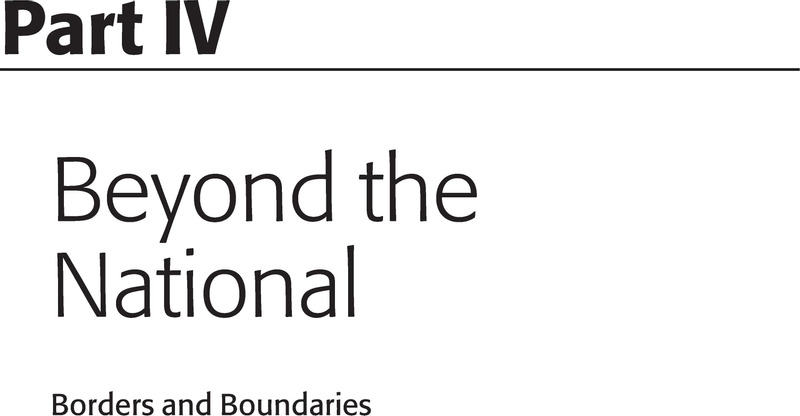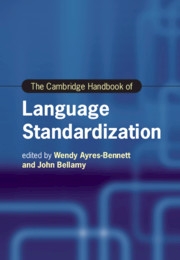Book contents
- The Cambridge Handbook of Language Standardization
- cambridge handbooks in language and linguistics
- The Cambridge Handbook of Language Standardization
- Copyright page
- Contents
- Figures
- Tables
- Contributors
- Introduction
- Part I Revisiting Models and Theories of Language Standardization
- Part II Legitimacy, Authority and the Written Form
- Part III Norms, Literacy and Education
- Part IV Beyond the National
- Part V Standardization in Late Modernity
- Name Index
- Subject Index
- References
Part IV - Beyond the National
Borders and Boundaries
Published online by Cambridge University Press: 01 July 2021
- The Cambridge Handbook of Language Standardization
- cambridge handbooks in language and linguistics
- The Cambridge Handbook of Language Standardization
- Copyright page
- Contents
- Figures
- Tables
- Contributors
- Introduction
- Part I Revisiting Models and Theories of Language Standardization
- Part II Legitimacy, Authority and the Written Form
- Part III Norms, Literacy and Education
- Part IV Beyond the National
- Part V Standardization in Late Modernity
- Name Index
- Subject Index
- References
Summary

- Type
- Chapter
- Information
- The Cambridge Handbook of Language Standardization , pp. 517 - 664Publisher: Cambridge University PressPrint publication year: 2021



